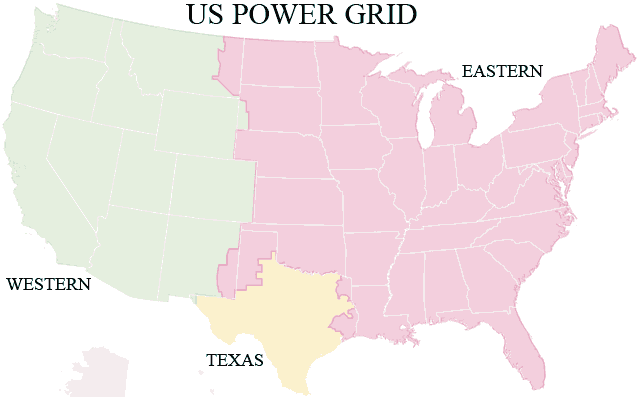For our final project for science class we had to make an experiment related to sustainability. For this project we divided by groups, and each group had to run an experiment for another group. Therefore, our group ran the “wind turbine” experiment that was prepared by another group. This experiment was based on converting wind energy into electricity. Purpose of this experiment was to figure out how the distance and power of the wind affects the voltage.
For this experiment we used small turbine that we had to construct: fan, ruler, and voltammeter. Next, we made three small experiments on different distances. In the first experiment we put wind turbine 6 inches away from the fan and used different modules with different power of the fan. In the second experiments we put wind turbine 12 inches away from the fan and used the same tactic with changing modules. Then, we repeated the process again, but this time with 18 inches distance between turbine and fan. Here is our data:
- Distance = 6 inches
Module 1, voltage = 5.3
Module 2, voltage = 7.5
Module 3, voltage = 8.1
- Distance = 12 inches
Module 1, voltage = 5.1
Module 2, voltage = 6.2
Module 3, voltage = 7.4
- Distance = 18 inches
Module 1, voltage = 4.0
Module 2, voltage = 5.1
Module 3, voltage = 6.5
Based on this data, we figured out that power of the wind had effect on the amount of electricity that turbine generated, because voltage increased as power of the wind increased. The distance also had effect on the voltage . Higher distance generated less voltage. That change relates to power of the wind. As we put wind turbine further away, the wind power decreased because the wind needed more time to reach the turbine.
In conclusion, we found this experiment very interesting and instructive. The set up was clear, and I learned that power of wind is really influential for generating electricity. Overall, wind energy becomes an important and popular source of energy, because people have started seeking ways to solve environmental problems. Wind energy is one of the alternative sources that do not emit CO. Therefore it is one of the cleanest sources of energy yet.




















